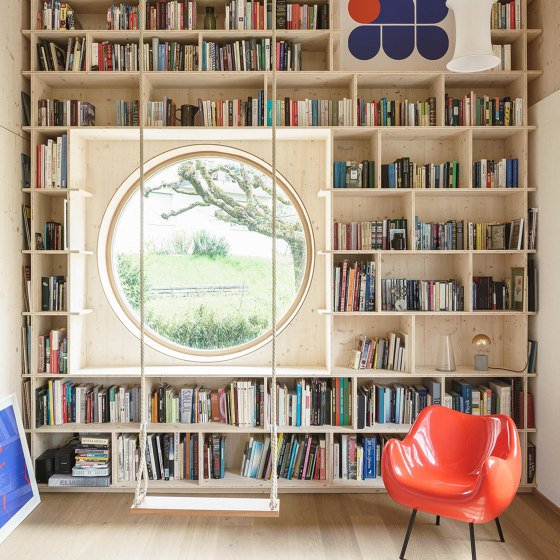As sale of British broadcaster Channel 4 looms, concerns grow for Richard Rogers–designed headquarters
To considerable controversy, the U.K. government is pressing ahead with its plans to offload publicly-owned television network Channel 4, which first began transmission in 1982 as a “culturally challenging” alternative to BBC1, BBC2, and ITV. While the privatization of Channel 4 has generated enough outrage across the pond as is, British preservation nonprofit Twentieth Century Society (C20) is also sounding the alarm regarding what could potentially become of the network’s iconic, Richard Rogers-designed London headquarters at 124 Horseferry Road in Westminster if, in fact, the sale goes through.
As explained by C20 in a recent dispatch expressing its “strong support” of bestowing Channel 4 headquarters with protected listed status to safeguard it from future redevelopment or significant alterations, the building, which is estimated to be valued at upwards of $130 million (£100 million), could be among the first of the network’s assets on the chopping block in the event of privatization. While Channel 4 relocated its national headquarters to Leeds in 2019 while opening creative hubs in Glasgow and Bristol, the 160,000-square-foot building, which uniquely features only one studio located on the basement level, is still used by top executives and advertising staff at the network. Channel 4 itself, which is commercially-funded despite being publicly-owned, is staunchly opposed to the government’s privatization scheme.
The Architects’ Journal was first to report on C20’s urging for broadcaster’s London headquarters to be listed.

Channel 4’s London headquarters debuted in 1994 as the first major commission for the Richard Rogers Partnership following the completion of the Lloyd’s of London building in 1986. The firm was awarded project out of competition, beating James Stirling and Bennetts Associates. Construction kicked off in 1990.
Much like the Lloyd’s building, which was set for a major revamp until that “once-in-a-generation” project was ultimately put on hold months after it was first announced, the Channel 4 headquarters is known for its “inside out” nature in which “its services are externally expressed and the structural elements are to the fore,” as C20 explained. The organization also noted that the conclave glass wall of the building’s soaring entrance atrium is thought to be the first hanging curved curtain wall in London.

Wrote C20:
The building admirably expresses the perceived identity of the broadcaster, while reflecting civic and contextual values – innovative, socially aware and willing to take risks. We believe the Channel 4 HQ to be worthy of listing at the highest grade and are urging Historic England to conduct a wider review of the built legacy of its Pritzker Prize winning architect, who passed away in December 2021.
“The Channel 4 headquarters counts as one of Rogers most significant public commissions in the UK, one that absolutely should be listed,” added C20 director Catherine Croft in a statement. “It was purpose built for the broadcaster and reflects the values of a publically owned institution. While the building itself could doubtless suit other occupants, it would be sad to see a landmark building stripped of its purpose and threatened with a quick sale.”
As detailed by C20, a certificate of immunity (COI), a document that guarantees that a building will not be listed, was issued last November after plans to remove the atrium’s glazing emerged. The organization “strongly opposed” the move.




